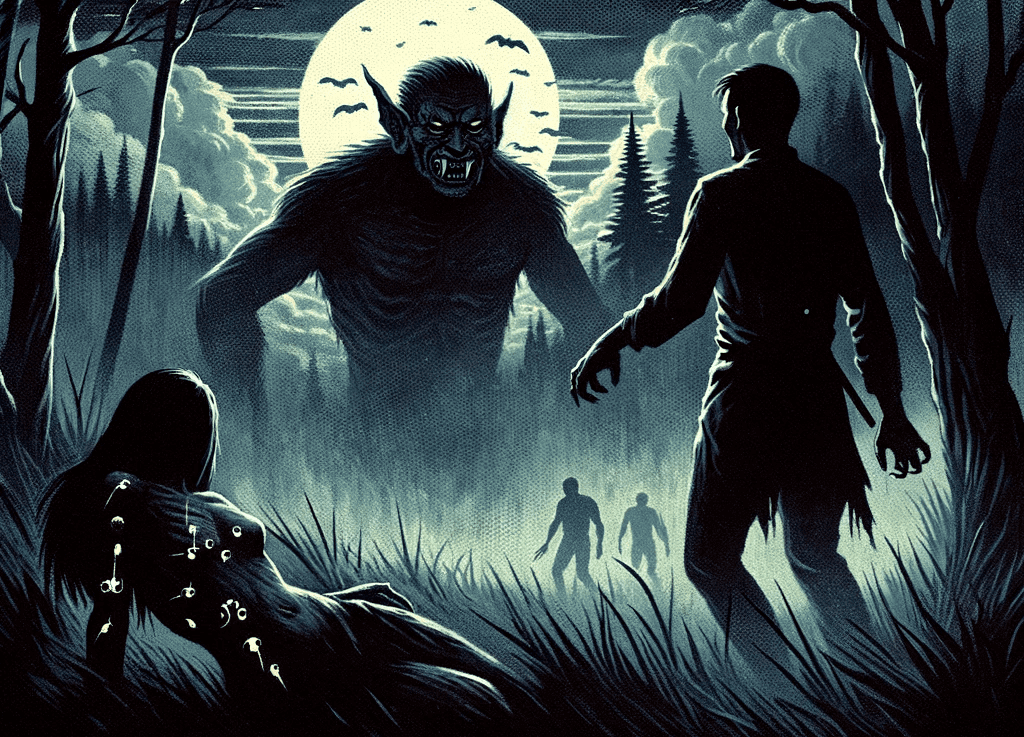The aswang, a creature deeply rooted in Filipino folklore, represents an intriguing blend of the supernatural and psychological warfare. This mythical entity, embodying various forms of evil such as vampires, ghouls, witches, and shape-shifters, has been a subject of fear and fascination in the Philippines for centuries.
In the 1950s, during a turbulent period of conflict with the Huks, a communist guerrilla movement, the CIA ingeniously leveraged the aswang myth for psychological operations. To instill fear among the guerrillas, they circulated rumors that these malevolent creatures would attack evil men. The culmination of this strategy was both macabre and effective: a Huk corpse was found with punctured holes and drained of blood, ostensibly the work of an aswang. This tactic, likely influenced by Colonel Edward Lansdale, showcased a deep understanding of local beliefs and the power of folklore in shaping perceptions and behavior. [1]
This strategy’s effectiveness hinged on the aswang’s cultural significance. Regarded as the most feared mythical creature in the Philippines, the aswang’s behavior starkly contrasts traditional Filipino values, embodying the inversion of societal norms and ethics. The creature’s widespread recognition and the associated terror it invoked made it an ideal tool for psychological warfare. The use of folklore in this context demonstrates a nuanced approach to combat, where understanding and manipulating cultural beliefs can be as potent as traditional military tactics. [2]
The aswang’s role in this historical episode exemplifies the complex interplay between mythology and real-world events. It underscores the enduring power of folklore and its potential applications beyond the realm of storytelling and into strategic military operations. This episode in history offers a unique perspective on how deep-seated cultural beliefs and myths can be effectively woven into the fabric of psychological warfare, achieving objectives that conventional methods may not.
